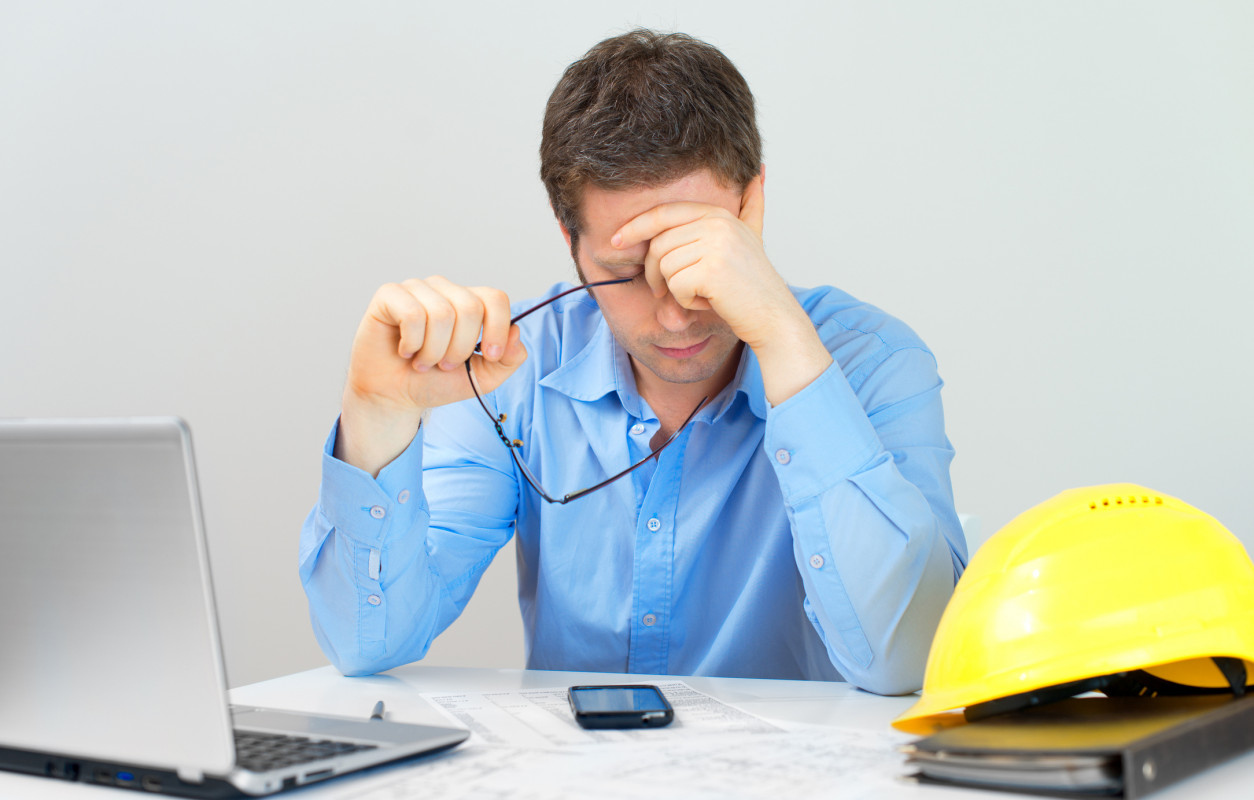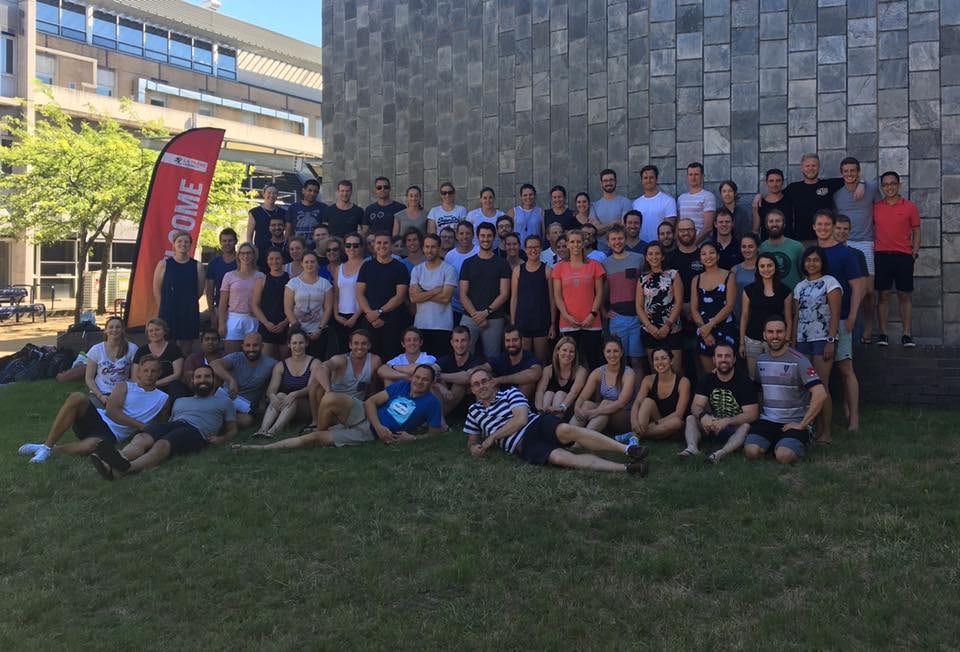
Spondylolysis, or lumbar stress fracture, is a condition in the lower back where there is a defect or fracture in the part of the vertebra known as the pars interarticularis. The majority of pars defects occur in the lumbar vertebrae, with 90-95% occurring at the L5 level and at a ratio of 2:1, males to females. In an athletic population, the prevalence is between 8 and 15%, and has been reported at up to 67% in cricketers, particularly fast bowlers.
The action of fast bowling places significant stress on the lumbar spine in a highly repetitive nature. The movements exerted onto the lumbar spine include hyperextension, side bending and rotation. During the delivery of the bowl, forces between 4 to 6.5x bodyweight are transmitted through the lumbar spine. These forces in combination with the excessive spinal movements significantly increases the risk of development of spondylolysis.
What are the symptoms of spondylolysis?
- Gradual onset of back pain, usually associated with a rapid increase in workload
- One sided back pain – Initially sharp.
- Aggravated by arching or standing, especially with increased training.
- Pain may radiate to buttock or thigh
- Pain eased by rest and flexed postures
- Usually well localised over site of injury
Activities and sports that have been identified with a high incidence of spondylolysis include:
- Cricket bowlers
- Gymnastics
- Swimming
- Ballet dancing
- Ice skating
- Golf
Initial management of lumbar stress fractures targets identification and modification of bowling action, as well as activity monitoring and management. It is widely expressed through scientific research that those bowlers demonstrating a mixed bowling action have a significantly increased chance of sustaining a pars injury.
The research shows a high success rate that 81% of pars stress fractures recover with conservative physiotherapy management. However, If left untreated, this condition has the potential to progress and impair the stability of the lumbar vertebra.
Physiotherapy management may involve:
- Advice and education
- Activity modification and load management
- Core stability training using real time ultrasound feedback
- Manual therapy to address musculoskeletal imbalances
- Lumbo-pelvic and hip stability exercises
If you are a cricketer, at any level or just the general population experiencing these symptoms, be sure to see a health professional to get an opinion on your symptoms.
References:
- Ranawat VS, Dowell JK, Heywood-Weddington. Stress fractures of the lumbar pars interarticularis in athletes: a review based on long-term results of 18 professional cricketers. Department of orthopaedics. 2003;34(12): 915-19
- Ranson et al. The relationship between bowling action classification and three-dimensional lower trunk motion in fast bowlers in cricket. Journal of sport sciences. 2008;26(3): 267-276
- Bell PA. Spondylolysis in fast bowlers: principles of prevention and a survey of awareness among cricket coaches. Journal of British Sports Med. 1992;26: 273-5
- Johnson M, Ferreira M, Hush J. Lumbar vertebral stress injuries in fast bowlers: A review of prevalence and risk factors. Physical therapy in sport. 2012;13(1): 45-52













